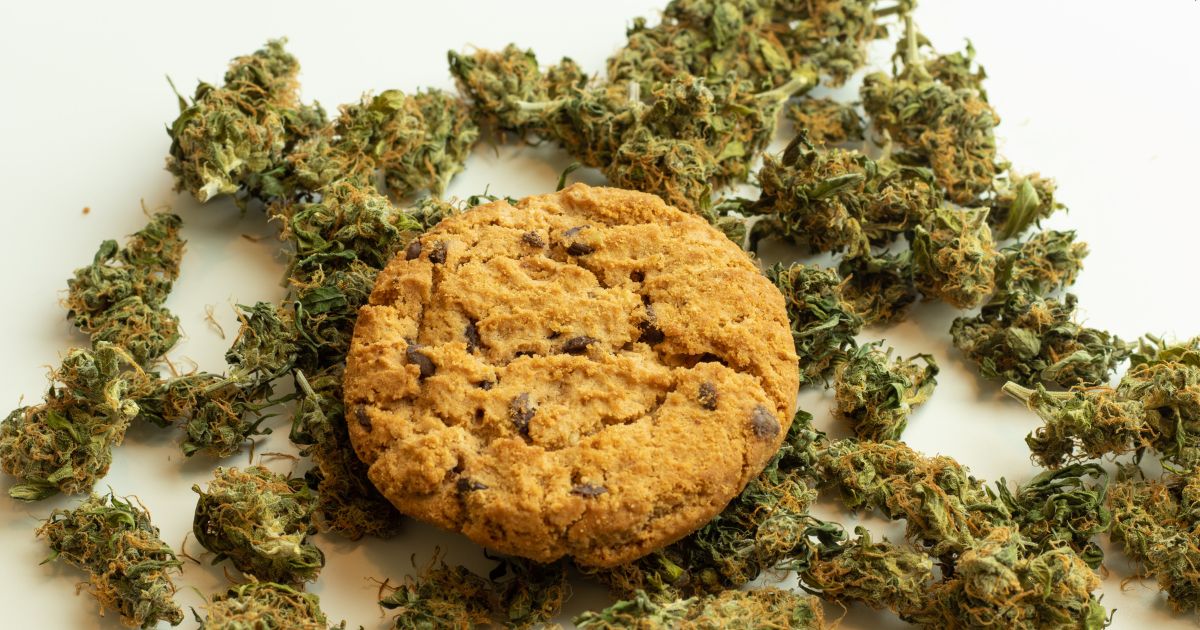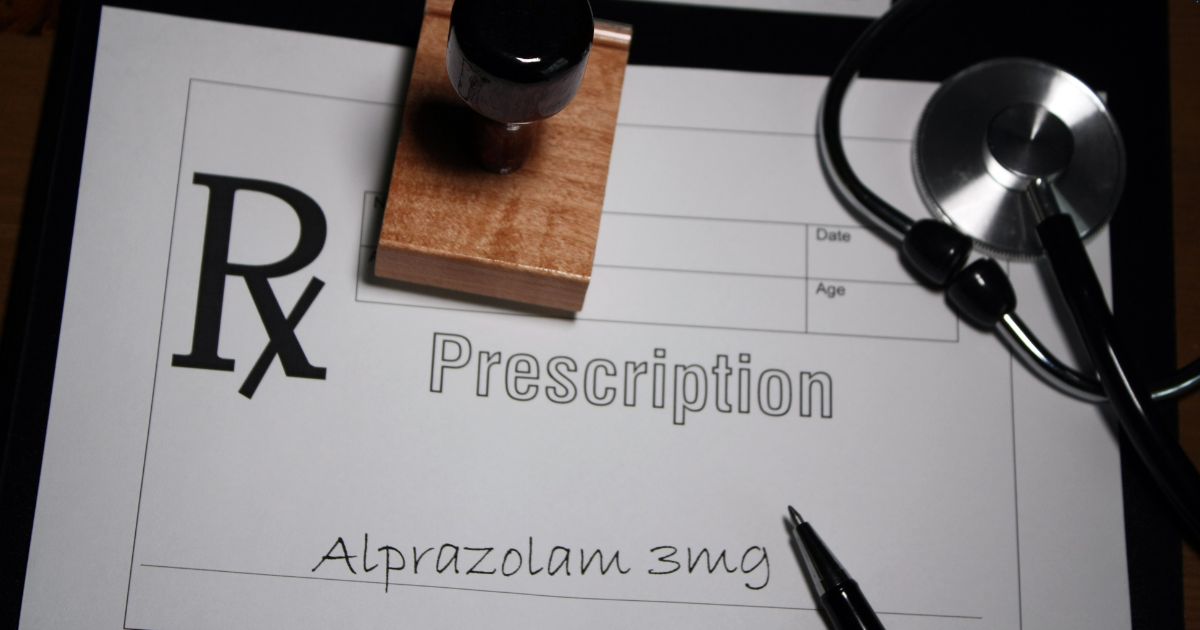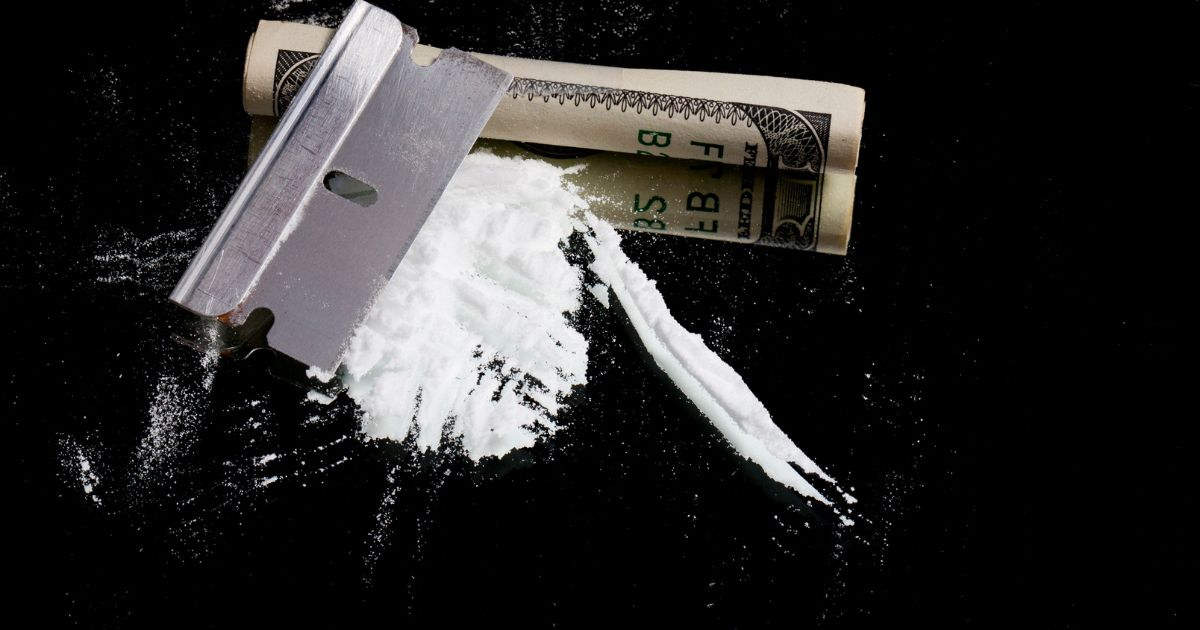One of the best ways to detect heroin abuse in a loved one is by looking for heroin “track marks.” These are marks on the arms left by heroin abuse that are an easy tell that someone has a heroin addiction. In this article, we’ll cover what you need to know about heroin, and what heroin track marks look like.
What Is Heroin?
Heroin is a powerfully addictive opioid drug made from morphine. It typically comes in the form of a white or brown powder or as a black sticky substance known as “black tar heroin.” Heroin can be injected, inhaled by snorting or sniffing, or smoked.
Morphine, the base of heroin, has been used for pain relief for centuries. Its history dates back to the ancient civilizations of Mesopotamia, Egypt, and Greece. Heroin itself was first synthesized in the late 19th century by C.R. Alder Wright, a British chemist. Initially, it was developed as a potential remedy to alleviate morphine addiction and respiratory illnesses.
However, it soon became evident that heroin was even more addictive than morphine. By the early 20th century, countries began to recognize the dangers of heroin, leading to strict regulations and its eventual illegal status in many parts of the world.
Today, heroin is strictly illegal. It’s considered a Schedule I Controlled Substance, meaning it is considered to have no medical value whatsoever. However, that hasn’t stopped it from being a widespread drug of abuse. Heroin abuse is sadly all too common, with different variants like gas station heroin and others continuing to emerge.
Heroin is extremely dangerous. If you find heroin track marks on the arms of your loved one, it’s time to get them help.
Black Tar Heroin
Also known as “black dragon,” this form of heroin is produced in Mexico, specifically in the states of Durango, Sonora, and Sinaloa. It’s then smuggled in by cartels. As hinted at by the name, this heroin is sticky and black, like tar, a result of the impurities left behind in its production. It’s considered much lower quality than traditional “China white” heroin.
Black tar heroin can be injected or ground into a powder to snort, but smoking is the most common method of consumption.
Gas Station Heroin
This is a term that has been used in the media regarding the drug tianeptine, a diet pill (also known as “zaza pills”) commonly sold in gas stations. While not technically an opioid it does mimic some of its effects. For example, tianeptine is prescribed in Europe to treat depression, due to how it increases serotonin intake in the brain. It also acts on the brain’s opioid receptors in the same way as heroin.
Why Is Heroin So Addictive?
Heroin’s high potential for addiction is primarily due to its profound effects on the brain. When heroin enters the body, it travels quickly to the brain, where it is converted back into morphine and binds to specific molecular structures known as opioid receptors.
These receptors are located in many brain regions, but their concentration in areas involved in the perception of pain and reward makes them particularly significant in the context of heroin use.
When it binds to those receptors, the brain releases a neurotransmitter called dopamine. This brain chemical controls emotions, motivation, and feelings of pleasure. The release of dopamine creates a powerful sense of euphoria or a “high.”
The experience is so intensely pleasurable that it can quickly lead to psychological dependence, as the person associates heroin use with pleasure and relief from discomfort. The dependent person may quickly develop heroin track marks, due to repeat use.
Aside from this, the body can also become accustomed to heroin. If a dependent person stops using heroin, they experience withdrawal symptoms, which can be extremely uncomfortable and even painful, including nausea, muscle aches, fever, and anxiety.
Over the long term, heroin can restructure the brain, reducing a person’s ability to make good decisions, regulate mood, and deal with stress. These changes are not easily reversed.
Heroin Addiction Symptoms
There are a variety of signs someone might be using heroin.
Aside from heroin track marks, these include:
- Constricted (“pinpoint”) pupils
- Sudden changes in behavior
- Disorientation or confusion
- Shortness of breath
- Dry mouth
- Warm flushing of the skin
- Nausea and vomiting
- Intense itching
- Track marks (needle marks or bruises along veins)
- Weight loss
- Constipation
- Neglect of responsibilities at work, school, or home
- Withdrawal from friends and family
- Loss of interest in hobbies or activities once enjoyed
- Deceptive behavior (lying, stealing, secretive behavior)
- Increased sleeping or erratic sleep patterns
- Financial problems
- Risky behavior (e.g., driving under the influence, using dirty needles)
- Mood swings
- Anxiety and depression
- Reduced sense of pain
- Cravings for heroin
If you suspect someone of using heroin, it’s time they got heroin addiction treatment. Contact South Coast Behavioral Health today to get started.
Looking For Substance Abuse Treatment?
Get confidential help from our addiction treatment specialists in Orange County. Call to join our rehab program today!
How Do People Use Heroin?
Heroin is used in several ways, each with its own degree of risk and danger.
Common ways people use heroin include:
- Injecting heroin
- Snorting heroin
- Smoking heroin
All forms of heroin abuse come with their own set of risks. However, injection is the most dangerous. This is due to its immediate and intense effects, high risk of heroin overdose, and the potential for transmitting blood-borne diseases through needle sharing. Injection is also what leads to heroin track marks.
Injecting Heroin
Injection is the most common way heroin is used. Injecting heroin is the quickest, most direct way to introduce the drug into the bloodstream, which results in the fastest, strongest high. To do this, a person will dissolve the heroin in water and inject it into a vein under the skin. This method is also the most dangerous due to the risk of overdose, vein damage (one of the causes of heroin track marks), and the transmission of diseases like HIV and hepatitis through needle sharing. This method of abuse can also result in skin infections on and around the injection site.
Snorting Heroin
Heroin can also be snorted. Snorting heroin leads to the drug being absorbed through the nasal tissues into the bloodstream. While snorting is less risky than injection in terms of infectious disease transmission, it still carries significant health risks, including damage to nasal tissues and the risk of overdose.
Smoking Heroin
Heroin can be smoked on foil (chasing the dragon), which involves inhaling the vapors. This method also quickly delivers the drug to the brain but is slightly less immediate than injection. Smoking heroin can lead to respiratory issues and still carries a high risk of addiction and overdose.
What Are Common Signs of Heroin Abuse?
If you are worried that someone you love is abusing heroin, look out for these common signs:
- Physical symptoms: Look out for track marks on the arms or legs from injection, as well as weight loss, slurred speech, and difficulty concentrating.
- Changes in behavior: Heroin use can cause changes in behavior and mood, such as irritability, agitation, and frequent mood swings.
- Neglecting responsibilities: As the addiction takes hold, a person may start to neglect their work, school, or family obligations.
- Financial and legal problems: Heroin is an expensive drug and people may resort to stealing or other illegal activities to acquire it.
- Social isolation: A person struggling with heroin abuse may isolate themselves from friends and family to hide their addiction.
If you or someone you know is struggling with heroin addiction, it’s important to understand the warning signs and seek help immediately.
Other signs of heroin abuse include:
- Needles or syringes are commonly used to inject heroin.
- Lighters and candles are used to heat heroin before injecting or smoking it.
- Spoons used to heat and dissolve heroin in water may have burn marks on the bottom.
- Cotton balls filter out impurities when drawing heroin into a syringe and may contain residue.
- Tin foil is used to smoke heroin when shaped into a makeshift bowl or flat surface and held over an open flame.
- Straws or hollowed-out pens are used for snorting heroin.
- Rubber tubing or belts act as a tourniquet to enlarge veins for easier injection.
- Small plastic bags or balloons are used to package heroin.
Recognizing these paraphernalia can be crucial in identifying heroin use. Each method of use carries risks and health implications, but intravenous use is the most dangerous due to the immediacy of its effects and the additional risks associated with needle use.
How to Identify Heroin Track Marks
Heroin track marks are referred to as such because they can often resemble railroad tracks on the skin.
Track marks from heroin are typically found on the arms, legs, hands, and feet. Once veins are too damaged on someone’s arms and hands, they’ll often move to their legs and feet. Leg veins can be harder to reach, but these marks are also easily covered, making them harder to discover.
Signs of heroin track marks include:
- Bruising
- Puncture marks from needles
- Scabs
- Collapsed veins
- Raised and darkened veins
- Infection at injection site
Over time, as the individual continues to inject in the same area, these marks can become more pronounced and permanent due to the cumulative damage to the skin and underlying tissue. As a result, the term “heroin track marks” has become a common way to describe the physical evidence of prolonged heroin use.
Verify Your Insurance
Looking for quality substance abuse treatment that’s also affordable? South Coast accepts most major insurance providers. Get a free insurance benefits check now.
What Is Heroin Treatment Like?
After admission into a heroin addiction treatment program, you will participate in a series of medical assessments. During these thorough assessments, a professional may examine heroin track marks for signs of infection, since sharing needles can lead to things like Hepatitis C and other diseases. After that, the next step is a medical detox. It’s crucial to have all of the drugs out of your system for treatment to be successful.
This stage can be challenging due to heroin withdrawal symptoms, which may include:
- Nausea
- Sweating
- Shaking
- Intense cravings
This is why it often takes place with medical professionals close by. Medications may also be used to ease withdrawal symptoms and ensure your safety.
Medication-Assisted Treatment
The use of medications to ease heroin withdrawal symptoms and cravings is known as medication-assisted treatment.
MAT is a highly effective component of heroin treatment, involving FDA-approved medications to reduce cravings and withdrawal symptoms. Also known as medications for opioid use disorder (MOUD), these drugs can be extremely effective in preventing relapse.
Common medications for heroin addiction include:
- Methadone: A long-acting opioid that helps reduce cravings and withdrawal symptoms without producing the high associated with heroin use.
- Buprenorphine (Suboxone, Subutex): Reduces cravings and withdrawal symptoms. It has a lower risk of abuse compared to methadone.
- Naltrexone (Vivitrol): Blocks the effects of opioids at the receptor level, helping to prevent relapse. It does not have addictive properties.
According to a meta analysis by the National Institute on Drug Abuse (NIDA), patients administered buprenorphine were 1.82 times more likely to stay in treatment than those treated with a placebo. Moreover, use of buprenorphine reduced the likelihood of relapse by 14.2 percent.
Naltrexone was shown in a double-blind study to have a 90 percent success rate in promoting abstinence up to 76 weeks after treatment concluded. This is compared to a just 35 percent success rate over the same period for the placebo group.
Methadone, Buprenorphine, and Naltrexone are all recognized as evidence-based treatments for opioid addiction by NIDA.
Heroin Addiction Therapy
The other, vital component of heroin treatment is counseling. Various forms of counseling and therapy are crucial in heroin treatment, addressing the psychological aspects of addiction. These may include:
- Cognitive Behavioral Therapy (CBT): Helps individuals recognize and change negative thought patterns and behaviors related to drug use.
- Contingency Management: Uses incentives to encourage sobriety.
- Motivational Interviewing: Increases motivation to change behavior and engage in treatment.
- Group Therapy: Provides peer support and helps individuals learn from the experiences of others.
A Chinese study of 240 participants found that CBT, when paired with MAT, was more effective in promoting abstinence than just using MAT alone.
How Long Is Heroin Addiction Treatment?
Heroin treatment is personalized and can vary in length, often depending on the severity of the addiction, the individual’s health, and their support system. The goal is not only to stop heroin use but also to improve the individual’s ability to function in their daily life, including restoring relationships, employment, and overall health. Through the use of evidence-based and holistic treatment, our Orange County rehab center can help you reach a brighter future.
Heroin Addiction Treatment Options at South Coast Behavioral Health
South Coast Behavioral Health offers a full spectrum of treatment options for heroin addiction:
- Medical Detox in Orange County, California
- Inpatient treatment in Orange County, California
- Partial Hospitalization in Newport Beach
- Intensive Outpatient Treatment in Newport Beach
Throughout your treatment with us you will take advantage of a variety of therapy modalities, both in individual and group therapy sessions, 12-step groups such as SMART Recovery, life skills training, family support, and much, much more.
Get Started Today
If you see heroin track marks on the arm of someone you care about, that’s a clear sign that person needs help. Give us a call at 866-881-1184 or fill out our secure contact form. Our specialists are available 24/7 to answer any questions you may have.
Remember: recovery is a journey, not a destination. It all begins with a single step. Call us today to get started.
- What are the treatments for heroin use disorder? | National Institute on Drug Abuse (NIDA) (nih.gov)
- From Antidepressant Tianeptine to Street Drug ZaZa: A Narrative Review – PMC (nih.gov)
- Hepatitis C and Injection Drug Use (cdc.gov)
- How effective are medications to treat opioid use disorder? | National Institute on Drug Abuse (NIDA) (nih.gov)
- Efficacy of Cognitive Behavioral Therapy on Opiate Use and Retention in Methadone Maintenance Treatment in China: A Randomised Trial – PubMed (nih.gov)










